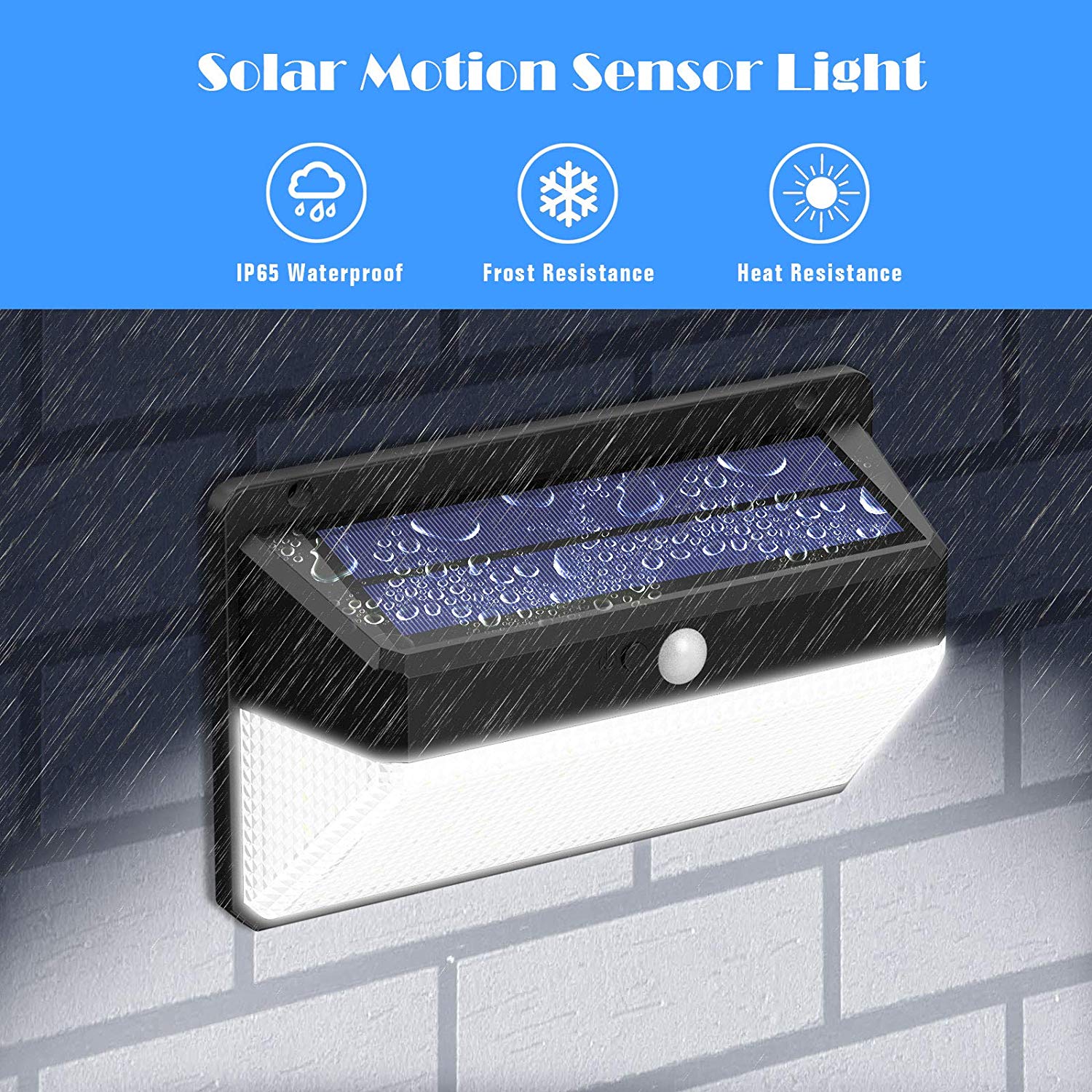time:2021-06-15 source:ZJ Lighting Views:163
In the full-color LED display engineering application, there are single display projects, but more are multiple display projects.
For a single display screen, the control software configured by the manufacturer can meet the requirements; but for multiple display screens, especially for system integration projects, the control software configured by the manufacturer can hardly meet the requirements.
This is because, first of all, the control software configured by the manufacturer generally only implements general functions, and it is difficult to meet the requirements for personalized functions.
For example, the integration project needs to connect with the back-end database to realize real-time information release. It is difficult for general control software to provide this function;

Secondly, for integration projects, display information release is only one of the components, requiring a unified control and interface style;
Third, in a large integration project, there may be multiple vendors winning the bid, or replacing or adding other vendors’ products after the project has been implemented for many years, and the implementation technologies of different vendors may be different.
Therefore, in order to meet the application of full-color LED display screens in engineering, manufacturers generally have to provide secondary development interfaces for system integrators to carry out secondary development and complete system integration.
After market research, the current full-color LED display secondary development interface is mixed, there is no unified standard, some are too simple to meet the engineering application, and some are too complicated, resulting in a long system integration cycle and high cost. Therefore, after research, this article proposes a new LED secondary development interface design method, allowing users to easily and quickly achieve system integration, while reducing secondary development time and cost.